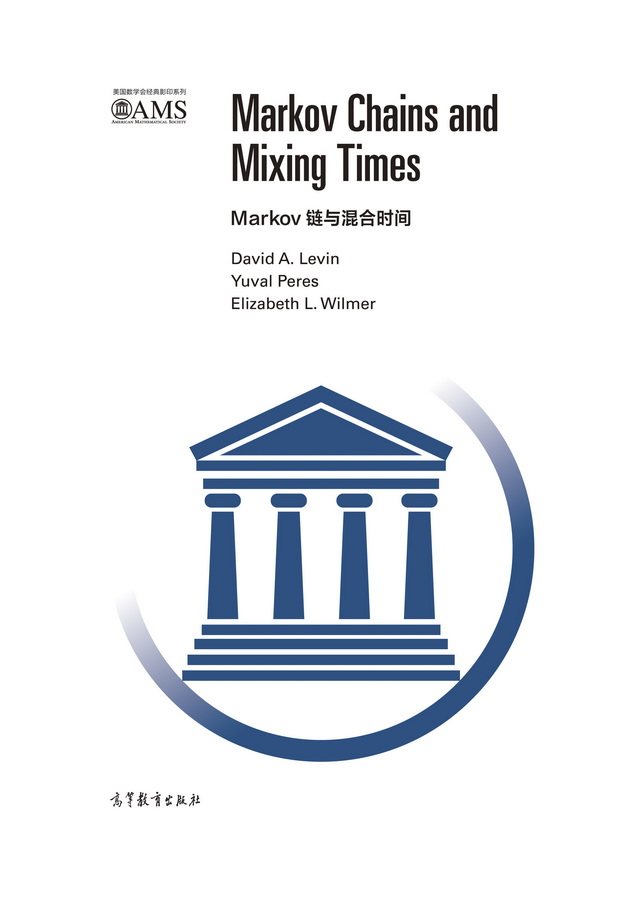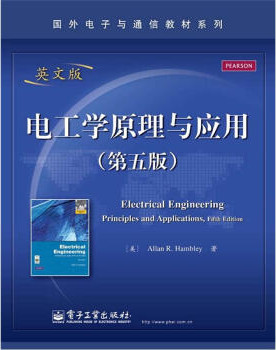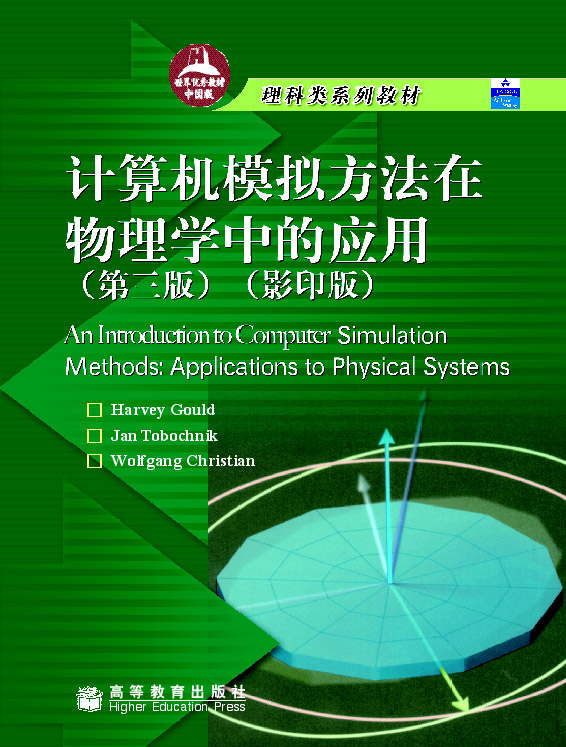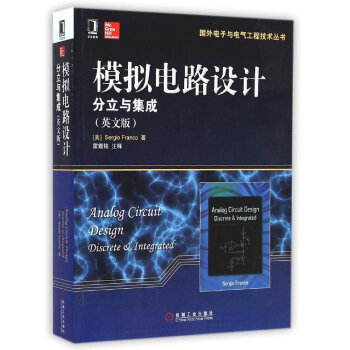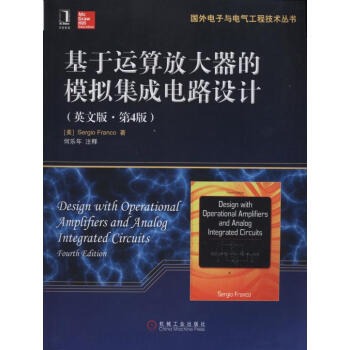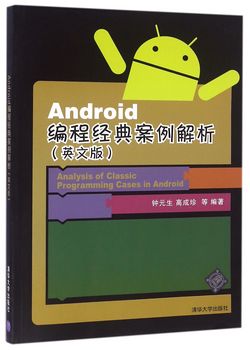计算机组织与结构——性能设计(第九版)(英文版) / 国外计算机科学教材系列
作者: [美]William Stallings (威廉 斯托林斯)
出版时间:2018-07
出版社:电子工业出版社
试读
- 电子工业出版社
- 9787121324390
- 1-1
- 294954
- 16开
- 2018-07
- 784
- 智能科学与技术
- 本科 研究生(硕士、EMBA、MBA、MPA、博士)
Contents
Chapter 0 Reader’s and Instructor’s Guide
0.1 Outline of the Book
0.2 A Roadmap for Readers and Instructors
0.3 Why Study Computer Organization and Architecture?
0.4 Internet and Web Resources
Part One Overview
Chapter 1 Introduction
1.1 Organization and Architecture
1.2 Structure and Function
1.3 Key Terms and Review Questions
Chapter 2 Computer Evolution and Performance
2.1 A Brief History of Computers
2.2 Designing for Performance
2.3 Multicore, MICs, and GPGPUs
2.4 The Evolution of the Intel x86 Architecture
2.5 Embedded Systems and the Arm
2.6 Performance Assessment
2.7 Recommended Reading
2.8 Key Terms, Review Questions, and Problems
Part Two?The Computer System
Chapter 3 A Top-Level View of Computer Function and Interconnection
3.1 Computer Components
3.2 Computer Function
3.3 Interconnection Structures
3.4 Bus Interconnection
3.5 Point-to-Point Interconnect
3.6 PCI Express
3.7 Recommended Reading
3.8 Key Terms, Review Questions, and Problems
Chapter 4 Cache Memory
4.1 Computer Memory System Overview
4.2 Cache Memory Principles
4.3 Elements of Cache Design
4.4 Pentium 4 Cache Organization
4.5 Arm Cache Organization
4.6 Recommended Reading
4.7 Key Terms, Review Questions, and Problems
Appendix 4A Performance Characteristics of Two-Level Memories
Chapter 5 Internal Memory
5.1 Semiconductor Main Memory
5.2 Error Correction
5.3 Advanced Dram Organization
5.4 Recommended Reading
5.5 Key Terms, Review Questions, and Problems
Chapter 6 External Memory
6.1 Magnetic Disk
6.2 Raid
6.3 Solid State Drives
6.4 Optical Memory
6.5 Magnetic Tape
6.6 Recommended Reading
6.7 Key Terms, Review Questions, and Problems
Chapter 7 Input/Output
7.1 External Devices
7.2 I/O Modules
7.3 Programmed I/O
7.4 Interrupt-Driven I/O
7.5 Direct Memory Access
7.6 I/O Channels and Processors
7.7 The External Interface: Thunderbolt and Infiniband
7.8 IBM zEnterprise 196 I/O Structure
7.9 Recommended Reading
7.10 Key Terms, Review Questions, and Problems
Chapter 8 Operating System Support
8.1 Operating System Overview
8.2 Scheduling
8.3 Memory Management
8.4 Pentium Memory Management
8.5 ARM Memory Management
8.6 Recommended Reading
8.7 Key Terms, Review Questions, and Problems
Part three Arithmetic and Logic
Chapter 9 Number Systems
9.1 The Decimal System
9.2 Positional Number Systems
9.3 The Binary System
9.4 Converting Between Binary and Decimal
9.5 Hexadecimal Notation
9.6 Recommended Reading
9.7 Key Terms and Problems
Chapter 10 Computer Arithmetic
10.1 The Arithmetic and Logic Unit
10.2 Integer Representation
10.3 Integer Arithmetic
10.4 Floating-Point Representation
10.5 Floating-Point Arithmetic
10.6 Recommended Reading
10.7 Key Terms, Review Questions, and Problems
Chapter 11 Digital Logic
11.1 Boolean Algebra
11.2 Gates
11.3 Combinational Circuits
11.4 Sequential Circuits
11.5 Programmable Logic Devices
11.6 Recommended Reading
11.7 Key Terms and Problems
Part Four The Central Processing Unit
Chapter 12 Instruction Sets: Characteristics and Functions
12.1 Machine Instruction Characteristics
12.2 Types of Operands
12.3 Intel x86 and Arm Data Types
12.4 Types of Operations
12.5 Intel x86 and ARM Operation Types
12.6 Recommended Reading
12.7 Key Terms, Review Questions, and Problems
Appendix 12A Little-, Big-, and Bi-Endian
Chapter 13 Instruction Sets: Addressing Modes and Formats
13.1 Addressing Modes
13.2 x86 and ARM Addressing Modes
13.3 Instruction Formats
13.4 x86 and ARM Instruction Formats
13.5 Assembly Language
13.6 Recommended Reading
13.7 Key Terms, Review Questions, and Problems
Chapter 14 Processor Structure and Function
14.1 Processor Organization
14.2 Register Organization
14.3 Instruction Cycle
14.4 Instruction Pipelining
14.5 The x86 Processor Family
14.6 The Arm Processor
14.7 Recommended Reading
14.8 Key Terms, Review Questions, and Problems
Chapter 15 Reduced Instruction Set Computers
15.1 Instruction Execution Characteristics
15.2 The Use of a Large Register File
15.3 Compiler-Based Register Optimization
15.4 Reduced Instruction Set Architecture
15.5 RISC Pipelining
15.6 MIPS R4000
15.7 Sparc
15.8 RISC Versus CISC Controversy
15.9 Recommended Reading
15.10 Key Terms, Review Questions, and Problems
Chapter 16 Instruction-Level Parallelism and Superscalar Processors
16.1 Overview
16.2 Design Issues
16.3 Pentium 4
16.4 Arm Cortex-A8
16.5 Recommended Reading
16.6 Key Terms, Review Questions, and Problems
Part Five Parallel Organization
Chapter 17 Parallel Processing
17.1 Multiple Processor Organizations
17.2 Symmetric Multiprocessors
17.3 Cache Coherence and the MESI Protocol
17.4 Multithreading and Chip Multiprocessors
17.5 Clusters
17.6 Nonuniform Memory Access
17.7 Vector Computation
17.8 Recommended Reading
17.9 Key Terms, Review Questions, and Problems
Chapter 18 Multicore Computers
18.1 Hardware Performance Issues
18.2 Software Performance Issues
18.3 Multicore Organization
18.4 Intel x86 Multicore Organization
18.5 ARM11 MPCore
18.6 Ibm zEnterprise 196 Mainframe
18.7 Recommended Reading
18.8 Key Terms, Review Questions, and Problems
Appendix A Projects for Teaching Computer Organization and Architecture
Appendix B Assembly Language and Related Topics
Glossary
References
Index
Online Chapters1
Part Six The Control Unit 19-1
Chapter 19 Control Unit Operation 19-1
19.1 Micro-operations 19-3
19.2 Control of the Processor 19-13
19.3 Hardwired Implementation 19-30
19.4 Recommended Reading 19-35
19.5 Key Terms, Review Questions, and Problems 19-35
Chapter 20 Microprogrammed Control 20-1
20.1 Basic Concepts 20-3
20.2 Microinstruction Sequencing 20-16
20.3 Microinstruction Execution 20-26
20.4 TI 8800 20-45
20.5 Recommended Reading 20-59
20.6 Key Terms, Review Questions, and Problems 20-60


